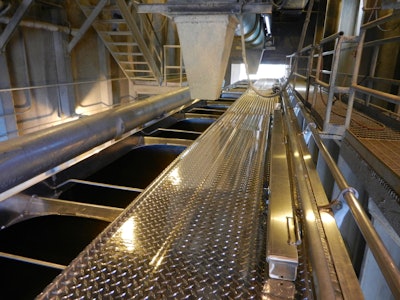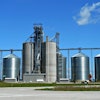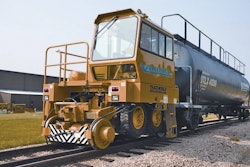
The rule proposed by the Food and Drug Administration under the Food Safety Modernization Act for transportation of food and animal feed will mean big changes for the feed and grain industry. Its implementation of the rule is clearly on the minds of industry leaders.

According to Richard Sellers, senior vice president of legislative and regulatory affairs at the American Feed Industry Association, “from a feed industry perspective, implementation of the new provisions is likely to be expensive and time-consuming, with no better results than the way things are currently being done.”
With some exceptions, the proposed rule will apply to shippers, receivers and carriers who transport human or animal food in the United States by motor or rail vehicle, whether or not it is offered for or enters interstate commerce.
The proposed rule and supporting documents are filed in the FDA’s official docket on www.regulations.gov. Comments from industry and the public are due May 31.
车辆及其他设备
Requirements for the design and maintenance of vehicles and transportation equipment would be put in place to ensure that transported food is not contaminated.
“We would like to avoid the designation of specific equipment as not being able to be used for transportation of feed and grains,” says NGFA’s Fairfield.

Sellers says one provision of the proposed rule, that a carrier has to provide information on the last three loads shipped, is especially challenging: “Our member companies have told us, right now it’s difficult to know or find out what was in a railcar in the prior shipment.”
Information exchange
程序进行信息交换的prior cargoes, cleaning of transportation equipment and temperature control between the shipper, carrier and
receiver will be established as appropriate. Among the records that must be retained are previous cargoes and intervening sanitary measures. Records must be retained for a period of 12 months beyond when the shipper is subject to any
requirement to provide such information under the rule.

“Have a meeting with management to start strategizing on how ingredients come in and how they leave,” advises Angela Shaw, Ph.D., assistant professor of food safety in Iowa State University’s Department of Food Science and Human
Nutrition. “Evaluate your current contracts with your transportation vendors and what required information is exchanged between parties. Many plant managers will discover there are simple logistical items that can be changed right now that will align your company with the ruling.”
Shaw also recommends creating a flow chart detailing where potential hazards may enter your process.
Training
Training of carrier personnel in sanitary transportation practices and documentation of the training will be required once the rule is implemented. But some things can be done now to ease the transition.
“My top recommendation related to the rule is to have a qualified, trained individual on staff who knows about food safety — someone who knows the legal aspects of the rule, is aware of the hazardous material provisions and also has industry knowledge,” Shaw says.
Although there’s still some time before implementation of the rule (see “Proposed Timeline” on pg. 20), “Now is the time to train or identify someone on staff for this role — don’t wait,” she says.
Record keeping
Maintenance of written procedures and records by carriers and shippers related to transportation equipment cleaning, prior cargoes and temperature control are specified in the rule.
“One thing that stands out is the requirement for shippers to specify in writing to carriers all required sanitary requirements relative to the feed in question,” says Fairfield. “But what does that mean from a practical standpoint?” he asks.
Record-keeping requirements should not be burdensome, he notes. And when it comes to the stringent electronic record-keeping requirements proposed within the rule, “we will be advocating for the use of existing record-keeping systems to establish and maintain required records.”
Waivers
FDA may waive requirements if it determines that the waiver will not result in the transportation of food under unsafe conditions and that doing so is in the public interest.
“FDA wants examples from various industry segments on how provisions of the proposed rule can be clarified,” says Shaw. “Stating ‘this won’t work’ is not helpful.”
关于豁免,肖建议“当寻找一个exception to the rule, clearly explain why the provision does not apply to your sector using specific examples”
THE RULE AT-A-GLANCE
The proposed transportation rule is massive and complex. Highlights include:
- FSMA embraces preventing food safety problems as the foundation of a modern food safety system and recognizes the need for a global approach to food and feed safety.
- The goal is to prevent practices that create food safety risks, such as inadequate cleaning of vehicles between loads and failure to properly protect food during transportation.
- It addresses the sanitary transportation of both human and animal food traveling via motor or rail vehicle by establishing criteria for the safe transportation of food.
- The rule establishes requirements for vehicles and transportation equipment, transportation operations, information exchange, training, records and waivers.
- It requires those who transport food to use sanitary transportation practices to ensure the safety of food.
PROPOSED TIMELINE
- Comments from industry and the public are due May 31.
- FDA has proposed that the requirements be effective 60 days after the final rule is published in the Federal Register.
- FDA is proposing tiered compliance dates based on business size because small businesses may need more time to comply with the requirements.




















